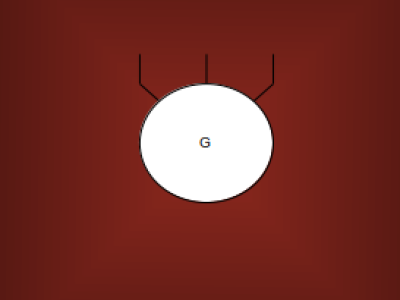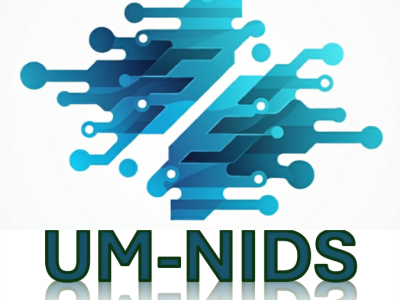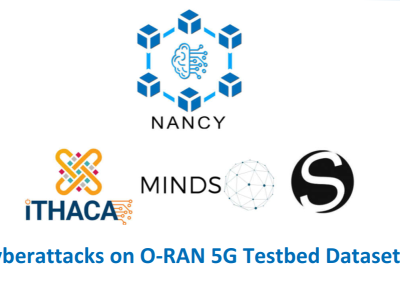
This dataset webpage contains datasets of existing and proposed models:
- tubular.zip
- tubular2.zip
- tubular3.zip
Presented in my probably LAST keynote Speaker Presentation in Conference - 2025*.
- Categories:

This dataset webpage contains datasets of existing and proposed models:
Presented in my probably LAST keynote Speaker Presentation in Conference - 2025*.

This dataset webpage contains datasets of exisiting and proposed models:
Presented in my LAST (may be) keynote Speaker Presentation in Conference - 2025*.

The Unified Multimodal Network Intrusion Detection System (UM-NIDS) dataset is a comprehensive, standardized dataset that integrates network flow data, packet payload information, and contextual features, making it highly suitable for machine learning-based intrusion detection models. This dataset addresses key limitations in existing NIDS datasets, such as inconsistent feature sets and the lack of payload or time-window-based contextual features.

This dataset webpage contains datasets and models
presented in my LAST keynote Speaker Presentation in Conference - 2025*.

We collected programming problems and their solutions from previous studies. After applying some pre-processing steps, we queried advanced LLMs, such as GPT4, with the collected problems to produce machine-generated codes, while the original solutions were labeled as human-written codes. Finally, the entire collected dataset was divided into training, validation, and test sets, ensuring that there is no overlap among these sets, meaning no solutions in two different sets that solve the same programming problem.

Competition phase of the first cut-off stage is now closed and we have gathered submissions from student, academic and industry teams from 10 countries. Submissions are evaluated and the results of the best performing teams are given below, with individual RMSSE metrics, overall average and final score. We would like to thank everyone for their participation and valuable contributions! The competition will return soon with the new cut-off stage.

This dataset was developed in the context of the NANCY project and it is the output of the experiments involving cyberattacks against services that are running in a 5G coverage expansion scenario. The coverage expansion scenario involves a main operator and a micro-operator which extends the main operator’s coverage and can also provide additional services, such as Artificial Intelligence-based cyberattack detection.

We have created a dataset named FDA, which consists of diverse images of flexible objects collected from real-world scenarios or online sources. To the best of our knowledge, FDA is the first extensive, multi-category dataset specifically designed for the recognition of flexible objects. This dataset establishes a benchmark for evaluating the performance of models in flexible objects recognition tasks.

This dataset includes generated demand series, forecasts, forecast errors, and simulation results for the manuscript "Assessing the Effect of One-Step and Multi-Step Forecasting on Bullwhip Effect and Supply Chain Performance." Autoregressive demand series were generated using varying parameters, specifically based on an AR(1) demand process. Additionally, the M5 series, derived from Walmart, one of the world’s largest retailers, captures actual sales data from Walmart stores across the United States and is included as real-world data.

This work proposed a efficient RL-based approach for coordinate demand response for massive distributed energy resources (DER) in VPP.
Using the following command to obtain the project: